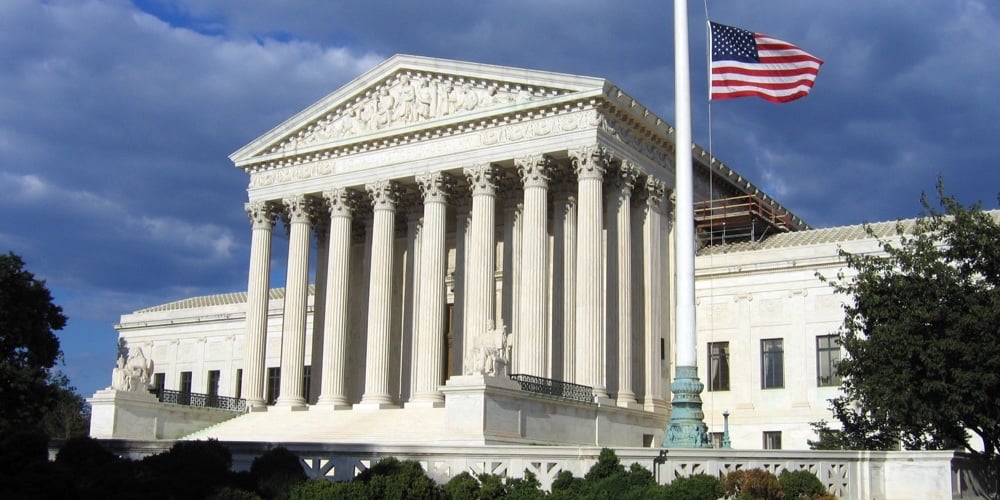Why the ‘Chevron Two-Step’ matters so much to banks and credit unions
Viewpoint: How does a lawsuit involving commercial fisheries entangle banking in its net? The decades-old 'Chevron standard' dictated how congressional, judicial and regulatory agency actions interplayed. But now the U.S. Supreme Court appears poised to abandon that longtime standard after federal courts have applied it thousands of times.

The most significant banking case of my legal career involves . . . fishery management. Allow me to explain.
The Loper and aptly-named Relentless cases argued at the Supreme Court on Jan. 17 concern a federal law that authorizes the National Marine Fisheries Service to “implement a comprehensive fishery management program.” The implementing NMFS regulation requires fishermen to pay approximately $710 daily to carry onboard observers to collect conservation and management data. The U.S. Court of Appeals for the D.C. Circuit upheld the regulation by applying the “Chevron Two-Step.”
Understanding how the ‘Chevron Two-Step’ goes
The Chevron Two-Step has been a judicial dance craze since 1984. That year, in Chevron v. Natural Resources Defense Council, the Supreme Court announced a new standard of deference to an administrative agency’s interpretation of a statute it is charged with administering.
• Under Step One, a court decides whether Congress has directly addressed the question in the law at issue.
continue reading »
